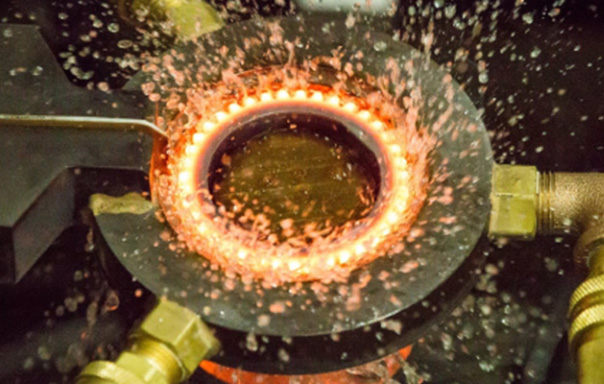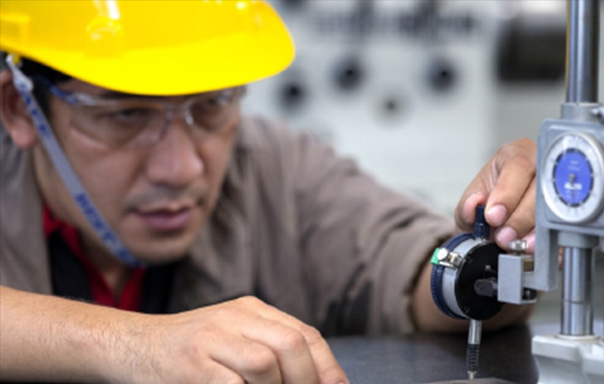Ⅰ. Microstructure of HC950/1180MS
At its core, HC950/1180MS possesses a unique microstructure predominantly composed of martensite. Martensite is a hard and brittle form of steel resulting from rapid cooling (quenching) from high temperatures. This microstructural arrangement endows the steel with exceptional strength. During quenching, carbon atoms become trapped within the crystal lattice, forming a dense atomic structure that creates its distinctive properties. Under microscopic observation, the unique crystalline alignment is clearly visible, enabling HC950/1180MS to maintain outstanding stability under high-stress conditions.
Ⅱ. Mechanical Properties of HC950/1180MS
HC950/1180MS boasts mechanical properties that redefine the possibilities of automotive engineering. With a tensile strength exceeding 1180 MPa and yield strength ranging between 950-1200 MPa, this material offers unparalleled strength compared to conventional steels. This enhanced strength directly translates to improved vehicle safety and structural integrity. It should be noted that while HC950/1180MS demonstrates excellent strength, its relatively lower elongation requires careful consideration during design and application.
Ⅲ. Advantages of HC950/1180MS
HC950/1180MS offers numerous impactful advantages, making it an ideal choice for the automotive industry:
High Strength-to-Weight Ratio: The exceptional strength of HC950/1180MS doesn't come at the expense of weight. Its outstanding strength-to-weight ratio ensures vehicles achieve both robustness and lightweighting, thereby improving fuel efficiency and overall performance.
Durability and Fatigue Resistance: The steel's microstructure provides unmatched durability and fatigue resistance, enabling vehicles to withstand challenging road conditions while extending service life without compromising safety.
Superior Formability: HC950/1180MS distinguishes itself from other high-strength materials through its excellent formability. It can be easily shaped into complex components without sacrificing mechanical properties, making it invaluable for manufacturing precision parts requiring structural integrity.
Safety Enhancement: When used in automotive reinforcements and safety components, HC950/1180MS plays a pivotal role in enhancing passenger safety and vehicle structural integrity. Components such as crash beams, side impact bars, and structural reinforcements all benefit from its high strength and durability.
Ⅳ. Automotive Applications of HC950/1180MS
HC950/1180MS has found extensive application in the automotive industry, revolutionizing vehicle design and manufacturing. Key applications include:
Structural Reinforcements: The steel's unparalleled strength makes it ideal for manufacturing critical structural reinforcements that support vehicle frameworks. These components ensure effective impact absorption and dispersion during collisions, protecting occupants while minimizing damage.
Safety Components: Crash beams and side impact bars—integral elements of modern vehicle safety systems—benefit significantly from HC950/1180MS's durability and fatigue resistance.
Complex Component Manufacturing: The steel's formability shines in producing intricate parts required by contemporary vehicle designs. Bumpers, side sill reinforcements, and inner fender beams represent just a few examples of components that leverage HC950/1180MS's easy formability and high strength.
With its unique microstructure and exceptional mechanical properties, HC950/1180MS cold-rolled martensitic steel is redefining material standards in automotive manufacturing. From body safety components to complex structural parts, this ultra-high-strength material not only meets modern vehicles' dual demands for lightweighting and safety, but also provides key material solutions for the era of electric vehicles and autonomous driving. If you're interested in HC950/1180MS cold-rolled steel or would like pricing information, please feel free to contact us anytime!


Baoshan District,
Shanghai, China.



